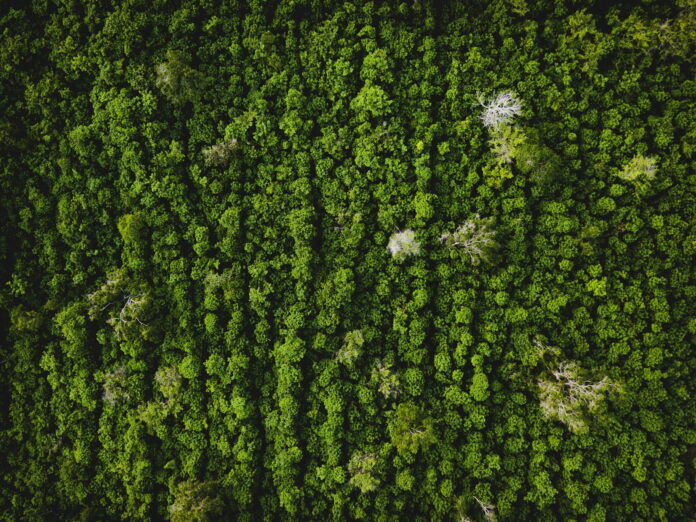In an age where the fragmentation of natural habitats is increasingly prevalent, the importance of wildlife corridors as a tool for biodiversity conservation cannot be overstated. These vital pathways, which connect separate areas of habitat, allow for the movement and interaction of species, thereby supporting genetic diversity, species migration, and ecosystem resilience.
The Importance of Wildlife Corridors
Wildlife corridors serve as lifelines for species that are threatened by habitat fragmentation, a phenomenon often caused by human activities such as urban development, agriculture, and infrastructure projects. These corridors are essential for the maintenance of biodiversity, as they facilitate gene flow between populations, reducing the risk of inbreeding and genetic drift. By connecting fragmented habitats, corridors also enable species to migrate in response to environmental changes, climate shifts, and resource availability, thereby enhancing their survival prospects.
The presence of wildlife corridors can mitigate the effects of habitat loss by providing alternative routes for species to move through different landscapes. This is particularly crucial for wide-ranging animals and migratory species that require large territories or specific breeding and feeding grounds. Furthermore, corridors contribute to the establishment of larger, interconnected networks of protected areas, which are more effective in preserving biodiversity than isolated reserves.
In addition to ecological benefits, wildlife corridors offer socio-economic advantages. They can bolster ecosystem services, such as water purification, pollination, and carbon sequestration, which are valuable to human communities. Moreover, corridors can enhance the aesthetic and recreational value of landscapes, promoting ecotourism and fostering a deeper connection between people and nature, which is vital for long-term conservation efforts.
Designing Effective Habitat Linkages
The creation of effective wildlife corridors requires a strategic approach that considers the behavior, habitat needs, and movement patterns of target species. Landscape connectivity must be assessed to identify potential barriers and to determine the most suitable locations for corridors. This involves a multidisciplinary effort, combining the expertise of ecologists, geographers, and land-use planners to ensure that the design of corridors aligns with ecological principles and practical considerations.
Habitat linkages should mimic the natural environment as closely as possible to encourage use by wildlife. This may involve restoring native vegetation, creating underpasses or overpasses to cross roads, and minimizing human disturbances along the corridor. The design process must also take into account the anticipated impacts of climate change, ensuring that corridors remain functional and effective as environmental conditions evolve.
Stakeholder involvement is crucial in the design and establishment of wildlife corridors. Engaging local communities, landowners, and policymakers in the planning process helps to ensure that corridors are integrated into land-use strategies and that there is broad support for their maintenance and protection. This collaborative approach can also lead to innovative solutions that balance conservation goals with economic and social needs.
Monitoring Success in Corridor Usage
Monitoring the success of wildlife corridors is vital to evaluate their effectiveness and to inform adaptive management strategies. This involves tracking the movement of species through the corridors using various techniques, such as camera traps, GPS collars, and mark-recapture studies. By analyzing this data, conservationists can determine whether the corridors are being used as intended and identify any issues that may be hindering movement, such as predation risk or human disturbance.
Long-term monitoring is essential to capture the full impact of corridors on wildlife populations and ecosystem health. This includes assessing changes in genetic diversity, population dynamics, and species interactions over time. Such information is critical for understanding the role of corridors in facilitating adaptation to changing environmental conditions and for demonstrating their value in conservation planning.
Public engagement is also a key component of monitoring success. Citizen science initiatives can involve local communities in data collection and increase public awareness of the importance of wildlife corridors. This not only provides valuable data but also fosters a sense of stewardship and support for conservation efforts. By combining scientific research with community involvement, the success of wildlife corridors can be more accurately gauged and sustained over time.
Wildlife corridors are an indispensable tool in the quest to conserve biodiversity amidst a landscape increasingly fragmented by human activity. By facilitating species movement and genetic exchange, these passageways help ensure the resilience and vitality of ecosystems. The strategic design and careful monitoring of habitat linkages are critical to their success, requiring a collaborative and adaptive approach that engages all stakeholders. As we continue to navigate the challenges of environmental conservation, wildlife corridors stand out as a beacon of hope, guiding us toward a more interconnected and biodiverse future.
